What is Active Learning?
Active learning focuses on actively engaging students through reading, writing, listening, and reflecting. Active learning is different than “traditional” instruction where teachers did most of the instruction and the students passively participated. A student’s learning needs are based on active learning. Teachers can incorporate this style of learning into their classroom in numerous ways and a class of any size.
Active learning is problem-solving and requires students to “do” and “explore.” Students tend to learn more when they are active participants in the learning process. According to the National Training Laboratories’ Learning Pyramid, students only retain 5% of what is taught in a lecture, but they retain 90% of what they learn when they become the teacher.
Using Active Learning
Quite commonly active learning includes collaborating in pairs, group discussions, role plays, structured learning groups, and case studies. Individual activities involve reflecting or writing such as quick-writes or polling in lectures. These teaching strategies are beneficial to students because these techniques result in improved interpersonal skills, motivation, retention and transfer of knowledge, and enhanced critical thinking skills. Cornell University conducted research and found that a student’s attention span begins to decline every 10-20 minutes during a lecture. So, including active learning strategies will encourage student engagement.
Active Learning and Technology
There is a misunderstanding that active learning can only occur in a face-to-face environment. Active learning through technology allows the teacher to foster a climate of learning by doing. Now, it is easier to incorporate active learning techniques into courses based on new cost-effective technologies. This type of technology allows the teacher or learning developer to produce highly active online lessons that could be utilized for classroom activities such as take-home modules, or online activities. In many instances, the online environment is a more favorable learning environment because each student has an equal chance to engage other students by developing ideas and sharing their thoughts. In an online environment, the student’s expressions aren’t restricted by who is called upon, time restraints for participation, or the number of students in the class.
Online Learning Strategies for Active Learning
It is vital that course designers or teachers remember that when developing active learning strategies for an online environment they should begin by including best practices for their design development. The design should assess each student, provide relevant context for the environment the students will operating, provide instructional tools, determine the best delivery technique, provide directions and resources for all assignments, include learning outcomes, and the design should ensure there is active mind engagement. Utilizing technology doesn’t innately produce an environment conducive to active learning. Instructors must keep in mind that active learning is not going to happen especially in an online environment unless they deliberately plan and encourage it.
Ultimately, active learning strategies are an efficient way to facilitate student engagement and aid in students creating their own learning experiences. There are several examples of active learning strategies that can be modified for online learning; the instructor must decide what would be best for their subject matter. Tested strategies and models can help a novice or seasoned instructor develop activities that will engage students in the online environment and learning will then be more enticing to today’s technology native generation.

